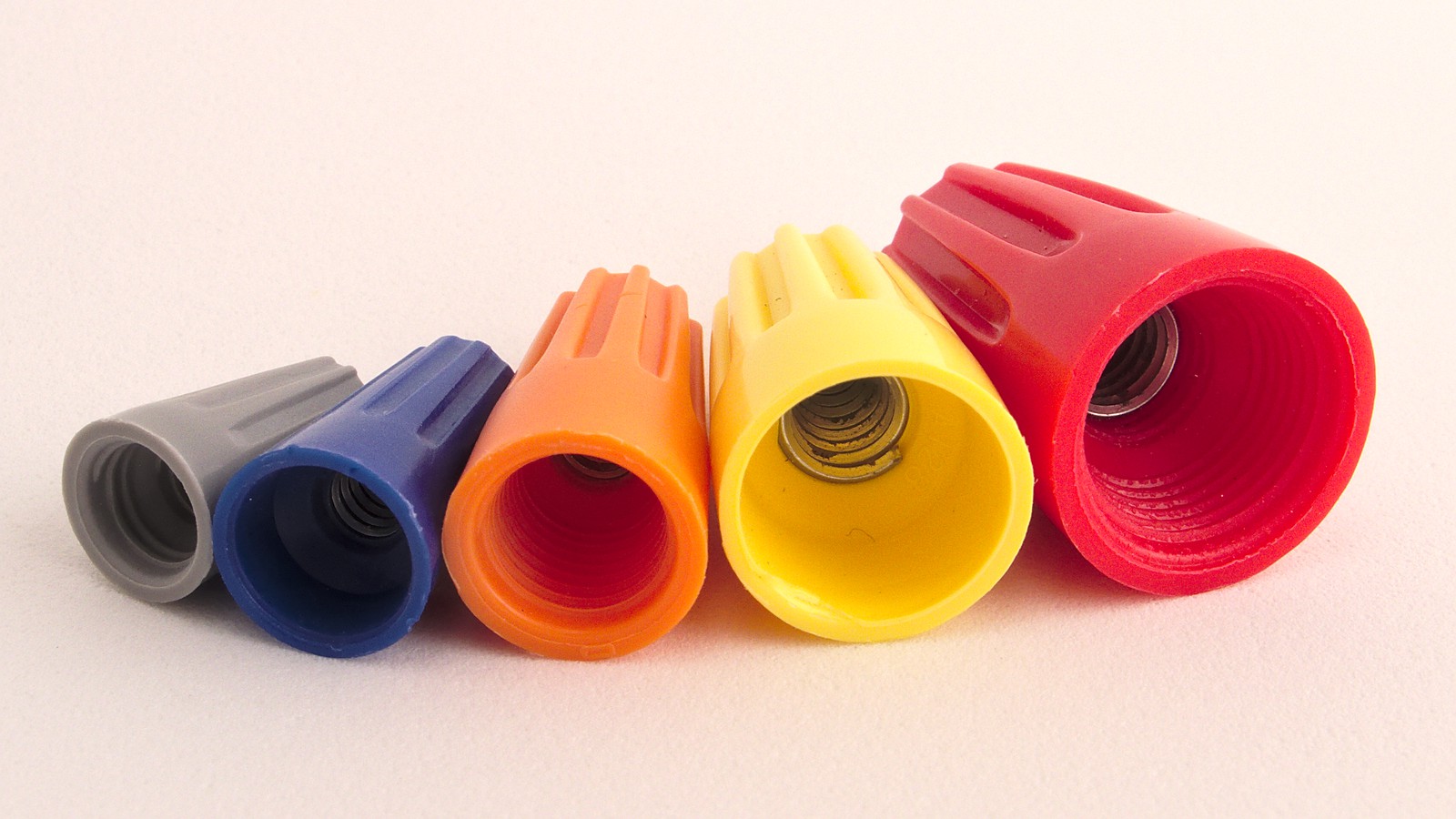- Aug 12, 2017
- 14,338
- 20,736
- 3,557,381
- 51
- If you're a qualified, trainee, or retired electrician - Which country is it that your work will be / is / was aimed at?
- United Kingdom
- What type of forum member are you?
- Practising Electrician (Qualified - Domestic or Commercial etc)
I suppose the old cigarette lighter is exactly the same problems as a B22 bayonet lampholder.... just less voltage.









